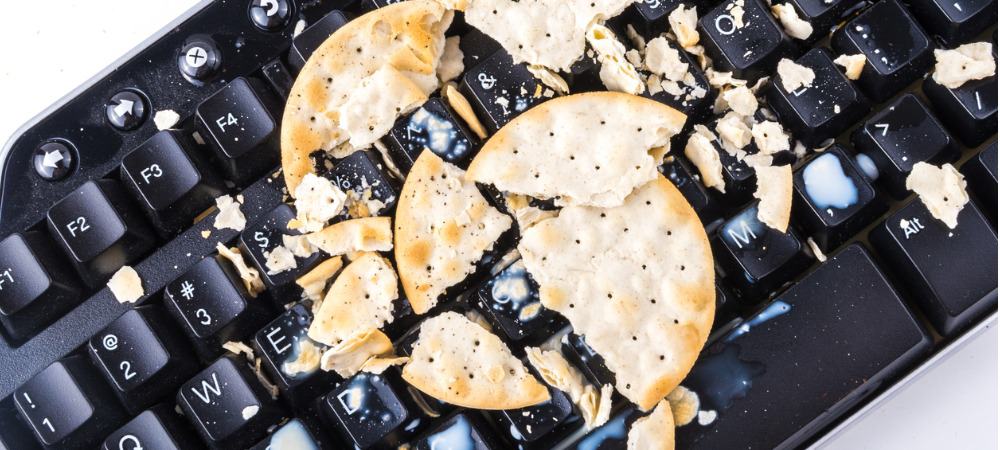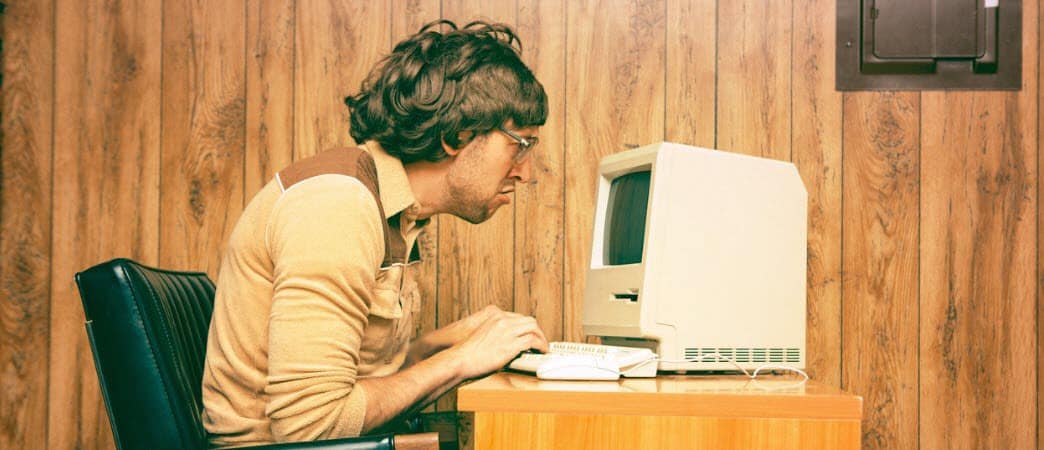Tips for Starting the New Year Off Right With Your Computer

At the start of a new year, people make resolutions. One of which should include your computer. Here are important maintenance tips for successful computing.
Many people make resolutions at the start of a new year: lose weight, get out of debt, and so on. Your computer can use some TLC too. These tips are great any time of year, but why not start a few new habits?
Testing Your Backups
We’ve told you the importance of having a backup solution for both Mac and Windows computers. We hope you are backing up. If not, stop reading now and get your machine backed up! If you’re a Windows user, you can also follow this tip to back up your PC using the built-in system image tool. Although it’s better to keep your backups outside of the house (think fire, theft, natural disaster, etc…), it’s better than nothing. Also, create a Windows Recovery Key and tuck it away in a safe location. That way, if you aren’t able to boot up from your local drive, you can use it to get your PC back and restore your backed-up data, too.
Backups won’t do you much good if you don’t test them. If you think you are backing up, but can’t restore, then your backup efforts aren’t of much value.
The best way to test a backup is to pick a few random files and try to restore them. I usually pick a word processing document, a few pictures, and a mission-critical file like my financial data. This checkup is especially important with online backups. Is my account still active? Do I know the password? Now is the time to check.
Diagnostics and Log Checks
Most computer manufacturers have built-in diagnostics for testing hardware like RAM and hard drives. It’s best to run these tests before you have problems. That way, you know how to run them in advance of any difficulties. Sometimes if the tests fail, you can replace things before your computer starts blue-screening or locking up. If your computer is still under warranty, the manufacturer will fix it usually at no charge.


Once your operating system is booted, check your hard drive for problems by running Disk Utility on the Mac. For Windows, we have a detailed guide. Checking your hard drive for problems warns you of an impending failure (S.M.A.R.T. status) and lost productivity. I’d add data loss, but you are already backing up and testing those backups, right?
Another place to look is the system logs. Windows makes this easy with the Windows Reliability Monitor. The Mac is a little harder, so read this guide to help. The logs are viewable in the Console application in the Utilities folder. If the log is filled up with the same consistent error, you know a program isn’t behaving right and can research the error. One time I read my logs, I found a background process kept crashing. That was slowing down my computer. Once I found it, the performance was much better.
Password Hygiene and Two-Factor Authentication
I hate passwords, but they are a necessary part of modern life. Fortunately, I have 1Password to store all my passwords. If you are using the same password at more than one site, it’s time to stop. That’s almost like not having a password. With so many databases being hacked, your risk increases exponentially each time you reuse the same password.


Password managers let you create a unique password for every website. Those programs then let you store them in one accessible place. If you are already using a password manager, congratulations. To get an A+ in password hygiene, you must start changing old websites’ passwords. Search in your email program for the word username. The results will include most websites and services you signed up for. Then choose the forget password option. That will let you create a new password. Use your password manager to create a unique password and store it.
The next level of protection is Two-Factor Authentication. Check out our guide to setting it up. Whenever possible, set up this extra level of protection. Since we’re doing a checkup, make sure you know how to get into your account if you lose your phone. Does the system offer an alternate number, alternate email, or emergency codes? Now is the time to set it up before you have a problem.
Physical Cleaning
Keyboards are filthy creatures. They collect debris and germs from our fingers and the remnants of food and drink from meals eaten at the desk. A gentle upside-down shake works wonders. Retailers have special cleaners for keyboards and computers, but studies show they are overpriced, and water works just as well.


Microfiber cloth on the outside of your computer and peripherals doesn’t just keep them clean. Dust and heat are the enemies of all electronics. Keeping the surfaces clean prevents these problems. For screens, don’t use standard window cleaner. Use special cleaning wipes designed for computer screens.
Whatever you do, don’t use a standard vacuum cleaner to clean your computer. That can create a static charge. If you feel comfortable safely opening your computer, blowing the dust off components and fans extends the life of your systems.
Inventory and Pitching
When was the last time you recorded the serial number of your computer? That’s useful information when you contact technical support or if the computer is lost or stolen. Ideally, you have the serial number, some of the specifications, and the purchase date. I keep that information in my 1Password database. I put the warranty expiration date in my calendar program if it’s still under warranty.


The software installed costs as much or more than the computer itself. That’s something you should inventory as well. Could you reinstall if you had a disaster or just got a new computer? You’ll need either the physical media or the location to download the program to reinstall. You’ll also need the serial number, installer code, or whatever the program recommends. That’s data again that you can put in a password manager.
If you know what you need, you also know what you don’t need. Now is the time to get rid of that manual and disk for that CRT monitor you bought 15 years ago. Most recyclers will accept printed materials. Electronics recycling companies can often take physical media and shred them. They may charge a small fee to do that.
For other e-waste, you have some other options. If it works, you can sell it on eBay or local online classifieds, or a Facebook sale group. Usually, it’s just easier to give it away for free online. The goal is to give it to someone who can use it and get it out of your home or office.
This might not help you fit into that suit, but it saves you money. Doing these things now will protect your investment of time and money in your computer systems.
Leave a Reply
Leave a Reply






